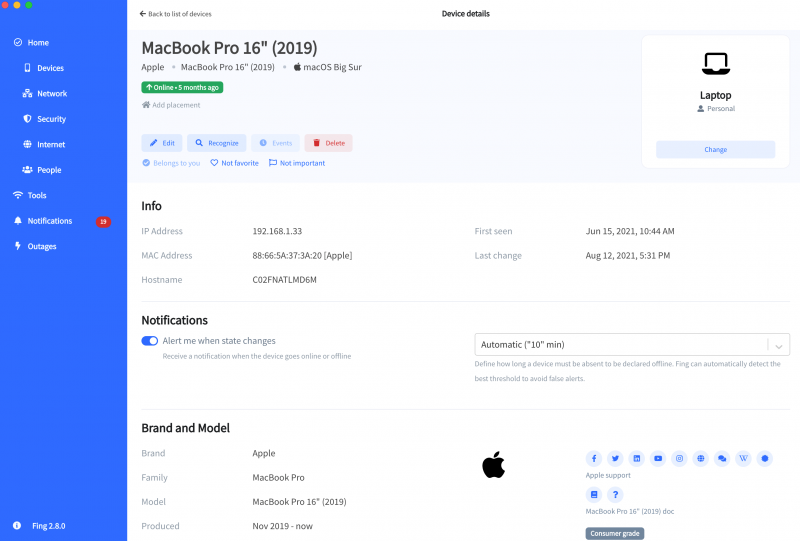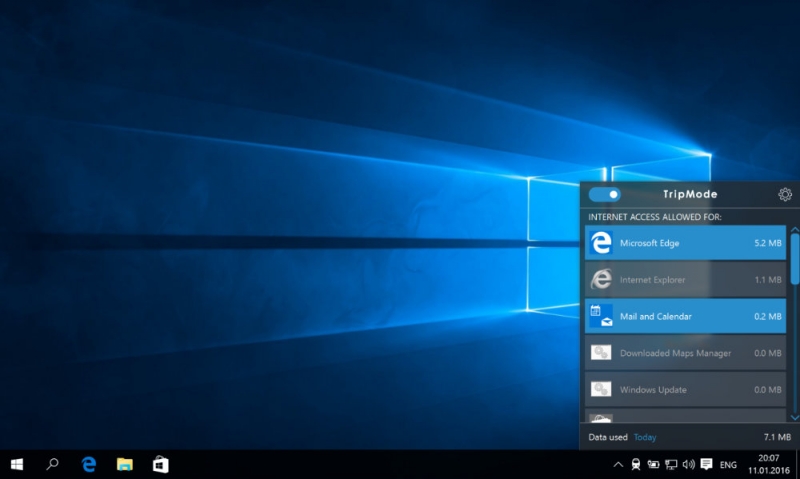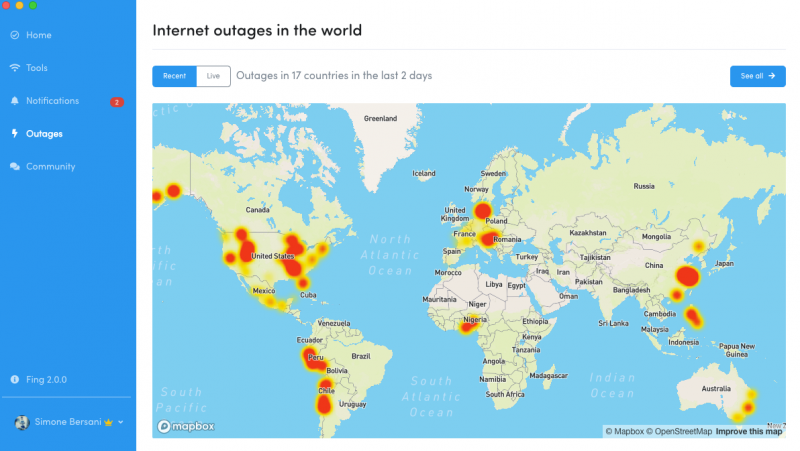


We analyze student writing in a first-year history class at a branch campus of an American university in the Middle East, and more specifically, how source texts and writing prompts condition whether students produce the expected argument genre.

While much is known about different factors that make it challenging, in this paper, we focus on an underexplored factor: the intertextual relationship between source texts, prompts, and student writing. The study contributes to the development of visible pedagogies supporting more democratic educational outcomes in a previously underexplored transitional stage between junior high school and academic contexts.Īrgumentative writing is a vital but challenging genre for university students, particularly second language writers. While the humanities are generally categorised as a knower code, the subjects occupy relative spaces within this categorical space, some more strongly knower oriented than others. Both linguistic and sociological analyses of highly graded student writing are used to demonstrate differences in the ways that ‘objective evaluation’ is achieved in each subject, the types of extended writing valued in each, and corresponding opportunities for students to engage with more uncommon-sense meanings and to build cumulative knowledge. It investigates the humanities’ humanity, that is, the values and attitudes which underlie different subjects and how these differ in texts written for examination purposes in modern and ancient history, society and culture and community and family studies. This thesis explores the interpersonal landscape of senior high school humanities subjects. Christie and Martin (1997) and Veel (forthcoming, 2006) provide a summary of some of the most significant findings. The overarching aim of the project, on which I worked as a researcher and literacy/EAL2 consultant, was to use the tools of functional linguistics to reveal the reading and writing demands of a range of school subjects and related workplace sites. Much of the research underpinning the discussion was initially carried out as part of a large-scale literacy research project known as ‘Write it Right’ (WIR) and was conducted in the 1990s under the auspices of the Disadvantaged Schools Programme in New South Wales, Australia (see Coffin, 1996). It focuses on historical discourse that occurs in secondary school, examining in detail the kinds of texts1 that students are required to read and write as they move from the earlier to later years. The main aim of the book is to show readers how linguistic analysis can illuminate the way students of history use language to write and, in so doing, think about and conceptualize the past. This book is about the language or discourse of history and is based on original research that I have conducted over the last ten years.


 0 kommentar(er)
0 kommentar(er)
